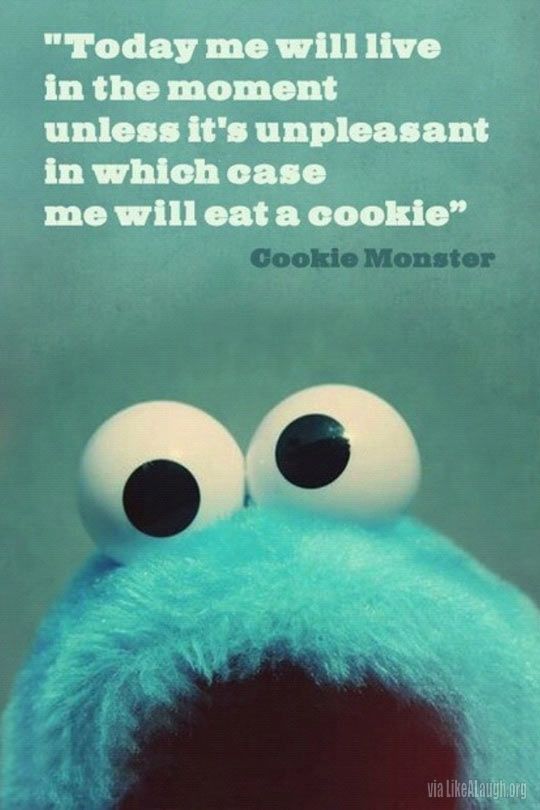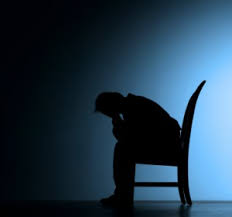Story of an Artist with BPD
Faith in objects
Crushed by borderline personality disorder, a local man finds salvation in art
By Amy Yannello

Mark Williams—no relation to the local radio talk-show host of the same name—may be the most talented artist you’ve never heard of.
From the biodome-like steel structure in his backyard, to the 4-by-6 mixed-wood xylophone he crafted from scratch, to the two working looms he built and uses in his back bedroom, Williams is one of those artists for whom it seems there is nothing his mind can conceive that he cannot create.
His modest home in north Sacramento is filled with his various art projects, such as meticulously crafted moving carrousels, which, to the naked eye from some distance away, appear to be crafted from plaster or wood, but when viewed close up, are made of paper, pen and ink.
Williams’ various projects have never been displayed for the public, though he’s been asked to do so at various times, he says. The answer as to why goes to the core of Williams’ persona—one that he works daily to overcome.
“They said it was up to them where and how they placed my stuff,” Williams explained. “They didn’t take my input seriously. I didn’t trust them. I said, ‘Forget it.’”
Williams has borderline personality disorder, a mental illness affecting more than 6 million people in the United States, but shrouded in misinformation and is still rarely talked about.
According to Dr. Neil R. Bockian, in his book, New Hope for People With Borderline Personality Disorder, the daily life of a person with BPD can take on all the precariousness of an emotional roller coaster, driven in part by “inaccurate perceptions, misguided thoughts, and shortsighted assumptions about others in their environment.”
But not everyone with BPD has the same symptoms. Williams, for example, has had long-term relationships, where many people with classic BPD do not. Nevertheless, he says his BPD led to an intense mistrust of people and institutions, fueled almost certainly by his mother’s death when he was 2 years old, and his father putting him into an orphanage, where he stayed until he was 18.
“My dad couldn’t keep the family together—I was one of nine—so he sent us away,” Williams said. “I got a great education, but was beaten often and sexually abused and humiliated [in the orphanage].
“As I understand it, there’s a developmental stage around 2, when a child learns to not to depend on the mother and learns to self-soothe, and my developmental stage was disrupted,” he continued. “So that, coupled with the abuse, were the two causations, as I understand it, for the development of my BPD.”
Williams says that early on, his passion for his projects—he doesn’t call the various things he does ‘art’—was based on the need to reach for truth in a hypocritical world.
“I saw people being hypocritical at a very early age—people being beaten in the name of Jesus Christ, that sort of thing,” Williams said. “My dad saying, ‘Pack your things, I’m coming to get you and we’re getting out of here.’ And I didn’t see him again for six years—but I waited for him every Sunday by that front gate.
“But I noticed when I worked with a piece of material, it remembered what I did, it was real. Whatever I thought of and did to it, I could do it. I could see it. I could believe it. It wouldn’t be in a different mood the next day or forget what it said. So I used it as a way to establish my confidence in myself.”
Still, Williams says he has “strong doubts” that other people see or believe his worth—an issue he continues to work on with Dr. Ron Risley, the psychiatrist who Williams credits with helping him establish trust and come out of the shadows.
Risley met Williams six years ago, when Williams was having trouble at a local mental-health agency. He was getting his practical needs met, but was having difficulty connecting to caseworkers. His distrust of the system shot to red-alert status. His life was plagued by panic attacks and other BPD episodes.
When he heard Williams’ story, Risley said he saw a chance to “help another human being.” He began treating Williams for free, seeing him once per week.
“I recognized his need and I did what I could do for him, and he kept showing up, and he got better,” Risley said, “and his incredible abilities started to show up. There’s nothing more gratifying to a doctor than to see his patient get better.”



One Comment
Adelaide Dupont
Mr Williams’ art reminded me very much of Henry Darger’s work.
The motive of truth is a big one.
Trust is such a wonderful thing, and it opens up your life.
I try to see the inner two-year-old in everybody: especially those who may have ‘difficult personalities’ or those who I otherwise don’t like very much.